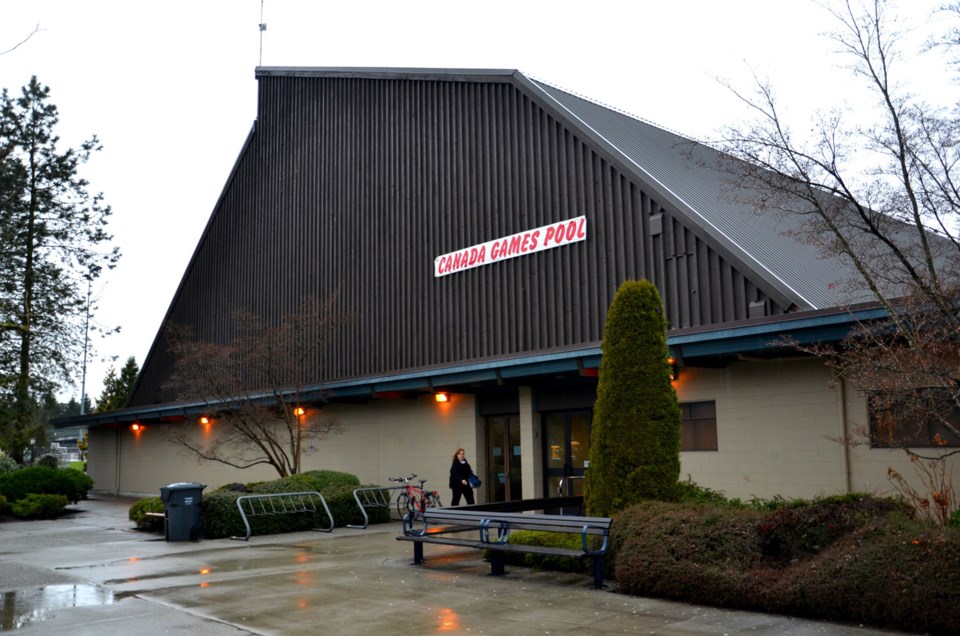Editor:
Recent articles pertaining to the Canada Games Pool have shed some light on just how and when to move forward on the replacement of this major capital asset. Much of the “noise” has been focused on whether this should be an eight-lane or 10-lane pool.
Unfortunately, this issue is very minor in the bigger scheme of things and has created a diversion away from the very serious financial nightmare that awaits us all just around the corner.
As usual, the devil is in the details.
The city’s five-year capital plan shows capital spending at $265 million, of which about half comes from reserves and the other half from debt borrowing. Since the CGP accounts for a capital expenditure of $85 million, it alone is the major driver responsible for the increase in our overall debt load by some $111 million. Viewed as a routine mortgage, the end result of borrowing $85 million at 3.5 per cent over 40 years is to force us to incur an additional $75 million in interest costs.
This brings our total out-of-pocket expense for this facility to $160 million. The alternative, of course, is to simply pile it on to the shoulders of the taxpayers as a special “levy.”
Taxes - which have increased almost 350 per cent during the past 27 years - are already way too high, but this begs the question: is there another way? I think there is and here’s how you “square it.”
The first thing to remember is that the existing CGP is only 40 years old and the normal useful life of such structures is 60 to 80 years. Obviously, some capital investment will always be required to add 20 years of productive use. This scenario was actually identified back in 2010 by Cannon Design Group but, unfortunately, the costing of same was not properly pinned down at that time.
However, the city did revisit this in 2015 and came up with a very conservative figure of $11.2 million, the bulk of it to be spent in 2019. Considering that we got the entire facility for free in 1973, this amount is a pittance and if this is all we have to put into it, we should all be eternally grateful instead of complaining. It also gives us a 20-year window of opportunity to raise funds for the much-larger investment to come. The way to do it is to use the same method used by industrial corporations the world over – the project-specific sinking fund annuity. These can be purchased at any major financial institution. Assuming a three-per-cent yield and a payment on our part of 4.75 million per year, the fund will give us a capital future worth at year 20 of $127.5 million ($85 million plus 50-per-cent cost escalation). This is more than enough to do the job.
The question then becomes where should this $4.75 million per year come from? Well, let’s see. Approximately $7 million per year comes from the casino “contributions” and, so, take it from there.
It’s no small irony that gambling was legalized in this country some 30 years ago to do exactly this kind of work. When you look at where the money for the CGP is actually coming from in this scenario, it is readily apparent that taxpayers are getting a $127.5-million facility for a mere $11.2 million investment. The rest is coming from wisely investing the “contributions” of the gamblers. This is a much better deal for taxpayers than carrying a $160 million debt load for 40 years. To do otherwise is literally penny wise and pound foolish.
It is also interesting to note that if the entire $7 million per year “skim” had been handled this way during the past 30 years, we would now have $333 million in the bank, not a mere $124 million and we wouldn’t be having this discussion at all. There is a valuable lesson to be learned here.
In any city, this capital investment train never stops. The city has many more projects of this kind to do in the very near future and they should all be financed in precisely the same way.
Ken Dextras New Westminster



